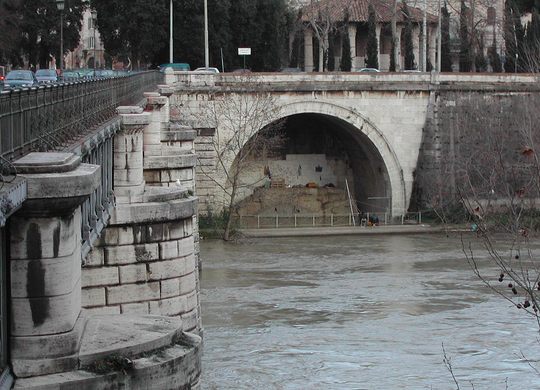13 Places to Wade Into the Wondrous History of Sewers
"When the Romans built the Cloaca Maxima in the 6th century BC, they were very pleased with themselves for coming up with such an effective water drainage system. They were so pleased, they named it the “Greatest Sewer,” which is what Cloaca Maxima translates to. It is one of the oldest monuments in Rome, albeit lacking the glamor of the Colosseum or the Pantheon. The sewer was constructed as an open drainage system during the reign of Tarquinius Priscus, and was originally used to empty the marshlands and carry stormwater from the central Forum section of the city to the river Tiber. Much later, around the 3rd century BC, the open drain was covered, and waste from latrines and public baths were directed through the system. Later still, in the 1st century, during the rule of Augustus Caesar and under the stewardship of his trusted lieutenant Agrippa, the ancient sewer system received a thorough cleaning and was expanded to include the flow from 11 aqueducts. The Roman philosopher Pliny the Elder, writing 700 years after the system’s construction, was amazed by the sturdiness of the sewers. He wrote, “Sometimes water from the Tiber flows backwards and makes its way up the sewers. Then the powerful flood-waters clash head-on in the confined space, but the unyielding structure holds firm.” Although it remained in continuous use, the underground structure suffered damage and neglect under the Byzantines, along with other parts of the ancient city. Parts of it were revived during the Renaissance and later excavations partially restored it. In 2012, a powerful Archeorobot was sent through the tunnels to check its condition and found that it was extremely fragile and needed extensive maintenance, which was then begun. Today, a small trickle of water flows through the “greatest sewer,” with its outfall running near the Ponte Rotto bridge. It can also be accessed near the Basilica Julia at the Roman Forum, where a door leads to the sewer, and its noises, and odors, can be experienced." - ATLAS_OBSCURA
















